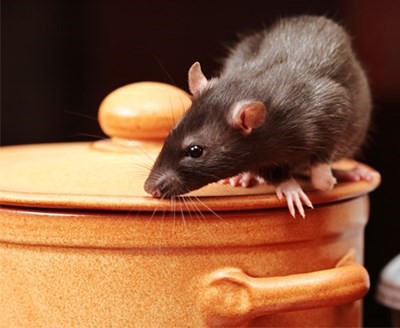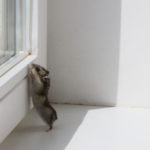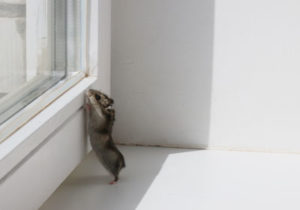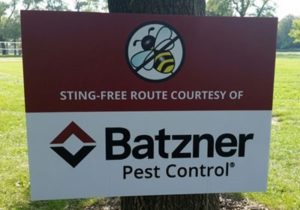
Rodent infestations become a major problem in Wisconsin in fall and winter.
What makes rodent infestations so dangerous?
Rodents pose a number of health risks to you and your family. The spread of food-borne illnesses like Salmonella is probably the most alarming, as rodents contaminate surfaces throughout the house and will look to get into your kitchen cabinets and food prep areas. Their skin, saliva, and urine can also aggravate allergy symptoms.
In addition to spreading disease, bacteria, and allergens, rodents can cause electrical fires by gnawing through your home’s wiring. All of the problems associated with rodent infestations are amplified by how quickly they reproduce. A few mice in your attic can turn into a full-blown infestation in a very short period of time – each female mouse can give birth to between six and eight offspring every three weeks!
What should homeowners look out for?
Because of the potential dangers and the speed at which they can occur, homeowners need to be extremely vigilant when preparing their homes for the fall and winter. Here are some tips from the NPMA on how to rodent-proof your home this year:
- Use weather strips on doorways and windows
- Replace broken windows
- Caulk around utility/service pipes
- Repair openings in the building’s foundation
- Screen all vents
- Seal additional small cracks with copper mesh (steel wool will rust and deteriorate over time).
- Around the house exterior, rake away any weeds or shrubbery as they provide safe passage to pests
- Mulch, in particular, should not be used near the foundation, and any overhanging tree branches need to be cut down
- Do not store firewood within the immediate vicinity of the house
Once these preventative measures have been taken, the NPMA advises being on the lookout for these indicators of rodent infestation:
- Droppings: Droppings are typically found in kitchen cabinets and pantries, along walls, on top of wall studs or beams, and in boxes, bags and old furniture.
- Noises: Rodents often make scurrying sounds, especially at night, as they move about and nest.
- Gnaw marks: New gnaw marks tend to be rough to touch and are light colored.
- Burrows: Inside, rodents often nest in various materials such as insulation, and are drawn to dark and secluded areas.
- Damaged food packages: House mice prefer to feed on cereals and seeds, while Norway rats prefer meat, fish and dry dog food.
If any of these signs of rodents are found, contact us immediately! Remember, a small issue will become a major problem in a short amount of time. You can reach us at (262)797-4160 or on our website.
Need a pest control estimate?
We'll call you! Our representatives are fast and friendly.
Rodent Awareness Week Brings Focus to Rodent Prevention in Wisconsin
Serving Wisconsin




